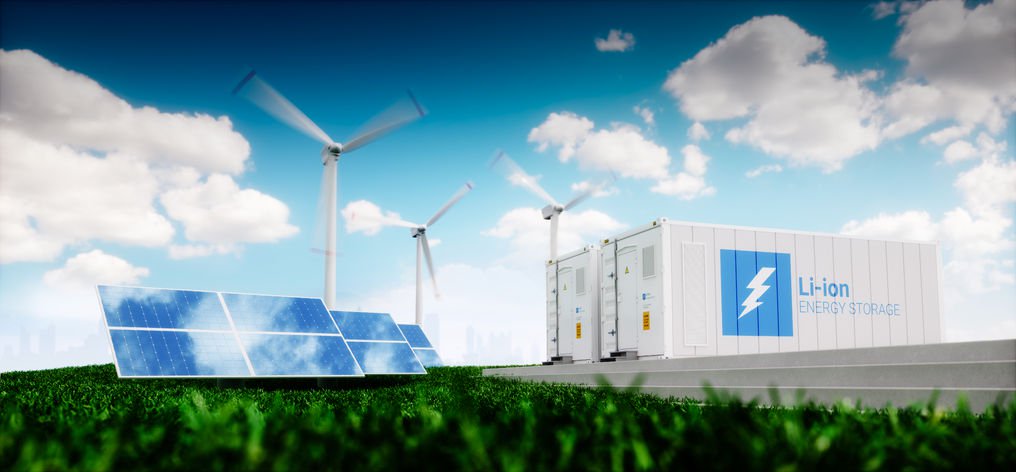The UK could meet its future power demand predominantly through wind and solar generation without jeopardising security of supply, a new report has revealed.
The report, produced by consultancy Vivid Economics in partnership with Marko Aunedi, an academic within Imperial College’s faculty of engineering, has assessed how the UK power system can decarbonise out to 2030, ultimately finding it could do so without the need for biomass, new nuclear or carbon capture and storage facilities.

It found that wind and solar, the two cheapest forms of renewable generation on the market today, could provide more than 60% of total electricity by 2030 which, combined with existing nuclear and natural gas capacity, would be capable of meeting demand.
Vivid has pointed towards the near 28GW of generating capacity, a sizeable chunk of the 100GW operating today, that is expected to retire before 2030. Replacing that capacity will require investment, and the nature of that replacement capacity has sparked debate within the power market.
While the UK needs to further decrease power sector carbon emissions – to a level of 100g CO2/kWh – critics have expressed concern over the variable nature of renewables and to what extent a more significant concentration of renewables could impact on the functioning of transmission and distribution grids.
But Vivid’s 2030 model seeks to ease those fears, claiming that the UK could turn increasingly to wind and solar without jeopardising system reliability.
Read more: Current News